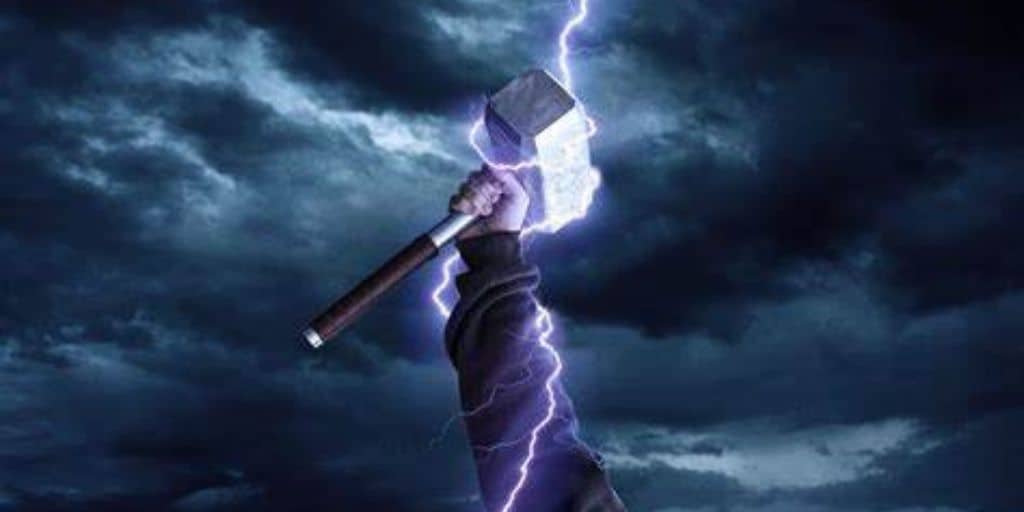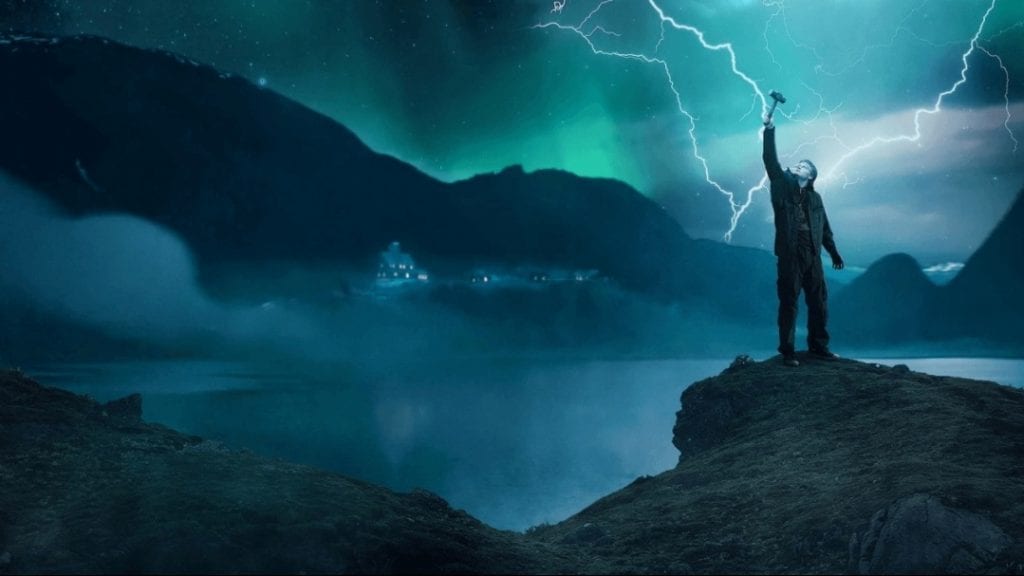As the thunderous saga of Ragnarok reaches its zenith with the finale of its third season, viewers were plunged into a whirlwind of controversy and revelation. Netflix’s Norwegian fantasy drama, though a hit amongst audiences, found itself under the shadow of critical discontent.
Critics bemoaned its uneven narrative, lack of conviction, and predictability, setting the stage for a finale that would turn the tale on its head.
In Ragnarok’s third season, we witness Magne, the teen who discovers he is the reincarnation of the thunder god Thor, embroiled in a relentless battle against the nefarious Jutuls and his own brother, Laurits.

Amidst this conflict, Magne forges an uneasy truce with his adversaries, hoping to reclaim a semblance of normalcy. His pursuits lead to alienation from his love interest, Signy, yet he perseveres, passing his exams and graduating from high school.
Ragnarok Season 3 Ending Explained
Then, in a move that stunned and polarized audiences, Ragnarok’s season 3 finale delivered a twist of monumental proportions. As Magne sits amidst his peers during the graduation ceremony, a supernatural storm descends upon the scene.
Jens falls to an arrow shot by Hod, and Laurits summons giants to battle the gods—all while the onlookers remain eerily unperturbed. The revelation that follows is as shattering as it is perplexing: it was all in Magne’s mind.
The groundwork for this revelation had been subtly laid since the inception of the series, yet its execution left viewers reeling.
Witnessing Hod with a bow and arrow, Magne is struck by the surreal nature of the scene. His horror intensifies as the events unfold, culminating in a clash of mythological proportions—all confined within the confines of his psyche.
The question looms large: if Magne’s identity as Thor was a mere figment of imagination, what of the events that transpired? Ragnarok’s finale offers a nuanced answer, revealing that Magne’s high school life is indeed real. His crusade against the Jutuls, the acts of defiance to save his hometown from pollution—they were not mere fantasies.
In a poignant moment as Laurits prepares to depart, Magne sifts through childhood comic books featuring the adventures of Thor. A toy hammer, emblematic of his mythical alter ego, serves as a tangible link between reality and fantasy.
Herein lies the crux of Ragnarok’s revelation: Magne did not idle away in imagined heroics. Rather, he translated his real-world struggles into the vivid tapestry of a comic book reality.

The saga of Ragnarok, at its core, emerges as a coming-of-age tale woven with threads of reality and myth. Magne’s environmentalist crusade stands as the sole testament to his heroic journey, a narrative grounded in the tangible while intertwined with the fantastical.
As viewers grapple with the aftermath of this revelatory twist, the lines between reality and imagination blur, inviting deeper contemplation into the nature of heroism and the power of the mind.




